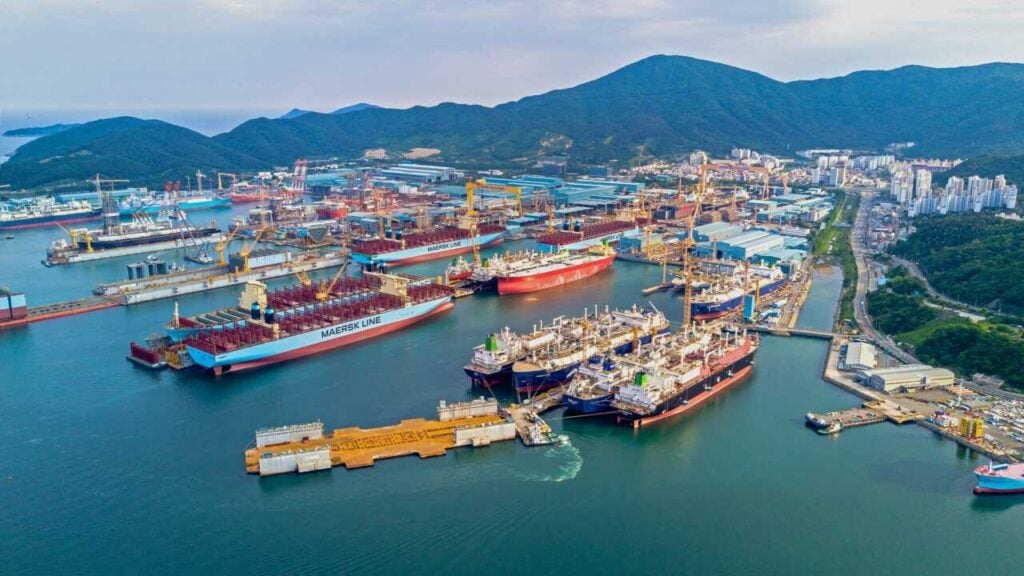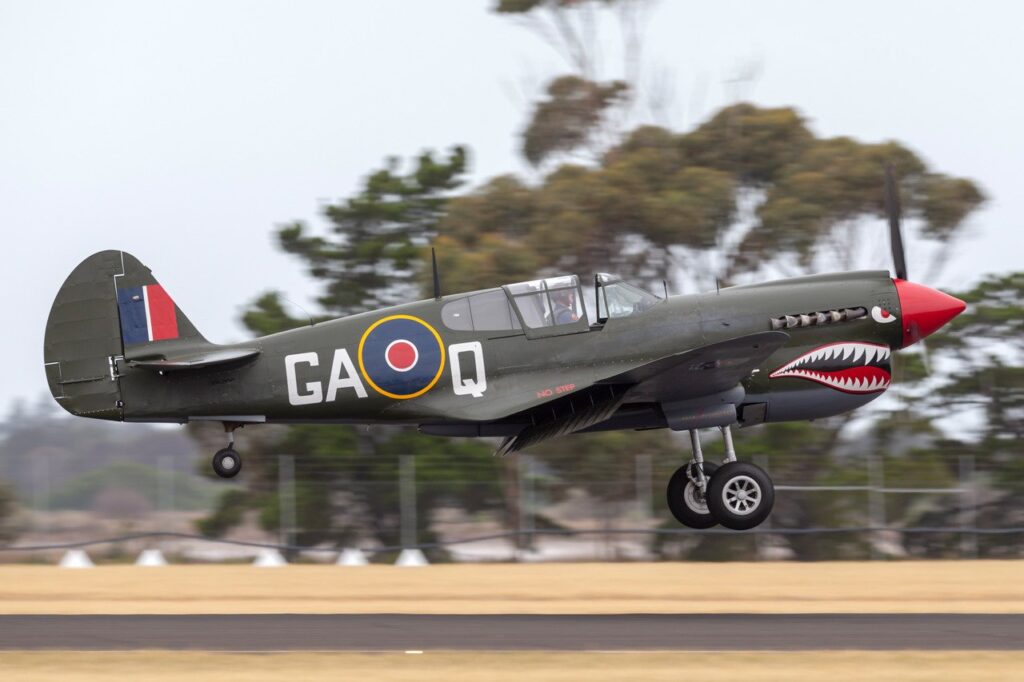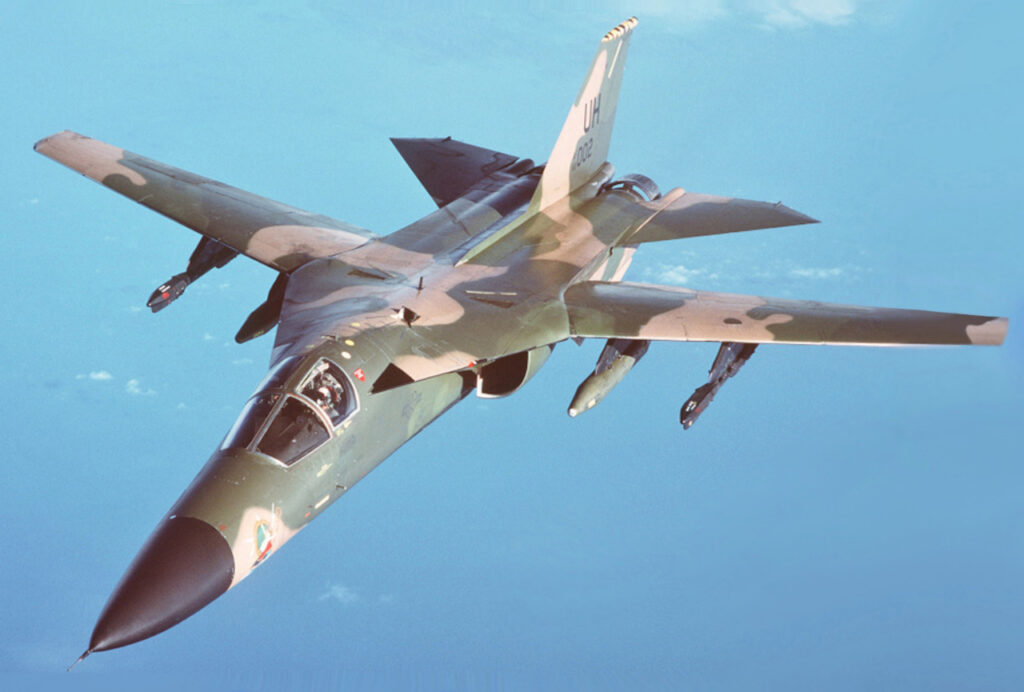
Tokyo’s Soryu-class Submarine Means The Japanese Navy is In Business
Here’s What You Need To Remember: The Sōryū-class is also the first class of Japanese submarines that uses air-independent propulsion technology. Though the class is diesel-electric, some of the subs can switch from louder diesel engines to quieter Sterling engines.
The Japanese Navy, or as they’re officially known, the Japanese Maritime Self-Defense Force (JMSDF), is slated to operate a total of twelve Sōryū-class submarines. These diesel-electric attack submarines were originally introduced into service with the JMSDF in the mid- to late-2000s and have several interesting features.
The Sōryū-class was the first Japanese submarine class built by Japan to use lithium-ion batteries. Historically, batteries onboard submarines have been built similarly to the battery that powers your car—lead-acid batteries. Lithium-ion batteries have a size a power storage advantage in that they can have a greater power output despite being much smaller and more light-weight than their lead-acid predecessors.
Lithium-ion batteries also usually recharge faster than lead-acid batteries, which reduces time on the surface—a particularly vulnerable place for submarines—and underwater endurance is therefore greatly increased. Some sources claim that underwater endurance may have been doubled by switching to lithium-ion batteries and could be as long as two weeks. If true, the class’ endurance is quite good.
The Sōryū-class is also the first class of Japanese submarines that uses air-independent propulsion technology. Though the class is diesel-electric, some of the subs can switch from louder diesel engines to quieter Sterling engines.
The Stirling engines used by the Sōryū-class were adapted from engines used in Sweden. The unique engine uses bottled liquid oxygen so that the engine’s diesel fuel can combust. The advantage of this propulsion system is that it runs much quieter than a traditional diesel engine. Furthermore, its range is estimated to be around 6,100 miles or about 9,800 kilometers.
Though the class does not have vertical missile launch tubes, they can launch U.S.-supplied Harpoon anti-ship missiles via the six torpedo tubes in the class’ hull. The missile skims the sea surface to evade enemy radar and has a prodigious 170+ mile (or about 280+ kilometer) range. In addition, the submarines are armed with torpedoes and can lay anti-submarine and anti-ship mines.
Future Export
Until very recently, Japan adhered to a self-imposed weapons export restriction that prevented the sale of weapons or weapon systems abroad. But, as the island nation has recently demonstrated by its muscle-flexing in response to an increasingly assertive China, exports might again be on the menu for Japan.
Both India and Australia have expressed interest in acquiring Japanese submarine technology, if not fully built submarines. Though it would be a break from the recent past, it would not be entirely shocking if Japanese submarines are seen in other countries’ navies in the future.
Caleb Larson is a Defense Writer with The National Interest. He holds a Master of Public Policy and covers U.S. and Russian security, European defense issues, and German politics and culture.
Image: Wikipedia.


